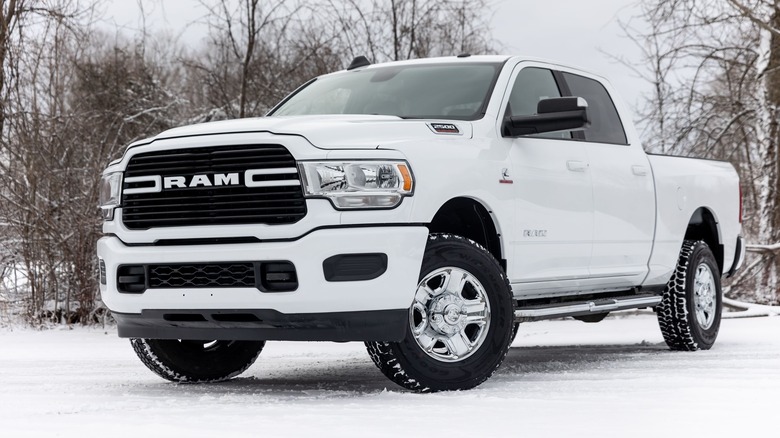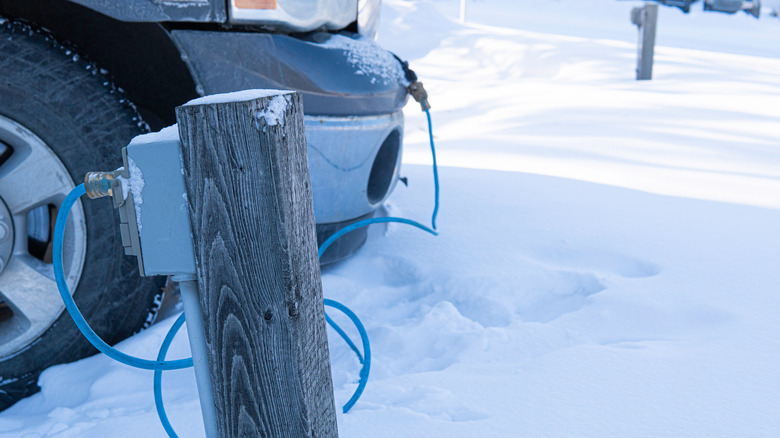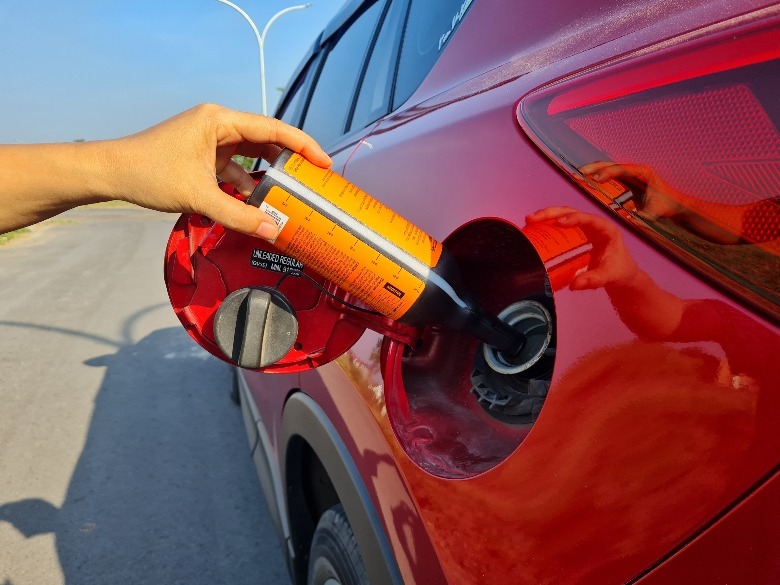5 Tricks For Starting Your Diesel Engine In The Cold
Heavy-duty pickups and long-haul trucks rely on torquey diesel engines that are more economical, reliable, durable, and have a more straightforward construction than a comparable unleaded gas engine. In most cases, diesel engines require less maintenance than gas, but your trusty diesel needs more attention in cold weather.
Since diesel engines have no spark plugs and generate heat via compression ignition (extremely high compression ratios), it could be challenging to get your diesel up and running when winter strikes. In addition, diesel engine oils have a higher viscosity rating and are thicker than regular gasoline oil, making them vulnerable to freezing in icy weather. The same rule applies to diesel fuel, which is denser (or thicker) than gas and congeals quicker in the cold, making cold starts a repetitive and time-consuming affair.
Diesel cars or well-maintained trucks will start more effortlessly in the winter. Most of the stuff that prevents diesel engines from starting quickly in the cold involves dirty oil, using the wrong type of diesel fuel, and dealing with severely contaminated or clogged fuel filters.
How to quickly start a diesel in cold weather
Before the frigid season begins, here are five tips and tricks for easier diesel starting in the cold. Most of it concerns prevention, while some are essential hacks that ensure smooth cranking even when the mercury falls below zero.
The first trick is maintaining a clean, free-flowing diesel motor oil. Filthy oil will take longer to flow in cold weather and need extended warm-up periods. It's necessary to change the oil, oil filter, and fuel filter before the onset of winter. Doing so ensures cleaner oil and fuel are circulating the engine every time, and fresh oil enables quicker starts in the winter because it flows quicker and has superior lubricating properties.
Next is learning how to start a diesel using the glow plug. In cold starts, the glow plug indicator will illuminate the instrument panel upon turning the key. If your diesel has a glow plug, wait for the light to turn off before cranking the motor. The light typically illuminates for two to three seconds, but older diesel engines might take 15 seconds before the light goes off. Attempting to start the motor with an illuminated glow plug light could take two or three cranks before the engine wakes up from its long, cold slumber, and when it does start, the engine will run horribly with excess vibration and sputtering.
Block heaters, winter diesel fuel & cold weather additives
On the other hand, other trucks have a block heater with an electrical cord typically located in the engine bay. The block heater heats the coolant and helps the engine to warm up quicker. Meanwhile, other block heaters apply heat to the oil pan to warm the oil and make it flow faster when cold starting the engine. Plug the block heater socket into a 110-volt outlet and wait one or two hours before starting the engine.
Also, be sure to fill the tank with winter-blend diesel fuel or Diesel #1D, which has a lower viscosity rating than ordinary diesel fuel and flows more easily in chilly weather. It also has a greater chemical volatility than regular diesel fuel and ignites quicker, making it ideal in freezing temperatures. Diesel fuel thickens or becomes a gel-like consistency below 32 degrees Fahrenheit, so filling the tank with Diesel #1D (instead of Diesel #2D) in frigid weather is necessary to help the engine start quicker.
If you don't have access to winter-blend diesel, use a cold-weather diesel additive to prevent frozen fuel when parking in the cold. Remember to mix the additive during refueling. Do not mix cold weather fuel additives with Diesel #1D or winterized diesel fuel. The additives might be incompatible with the winter fuel and negatively affect engine performance. Only pour additives in the tank if you can't access winterized diesel fuel.
When the engine starts, give it time to idle and warm up before driving, but for how long? Five to seven minutes is reasonable if the outside temperature is below zero degrees Fahrenheit, while three to five minutes is enough if the outside temperature is zero to 50 degrees Fahrenheit. Diesel engines need higher combustion chamber temperatures to operate smoothly. In addition, check the temperature gauge. If the needle is near the middle zone, you can proceed driving.



